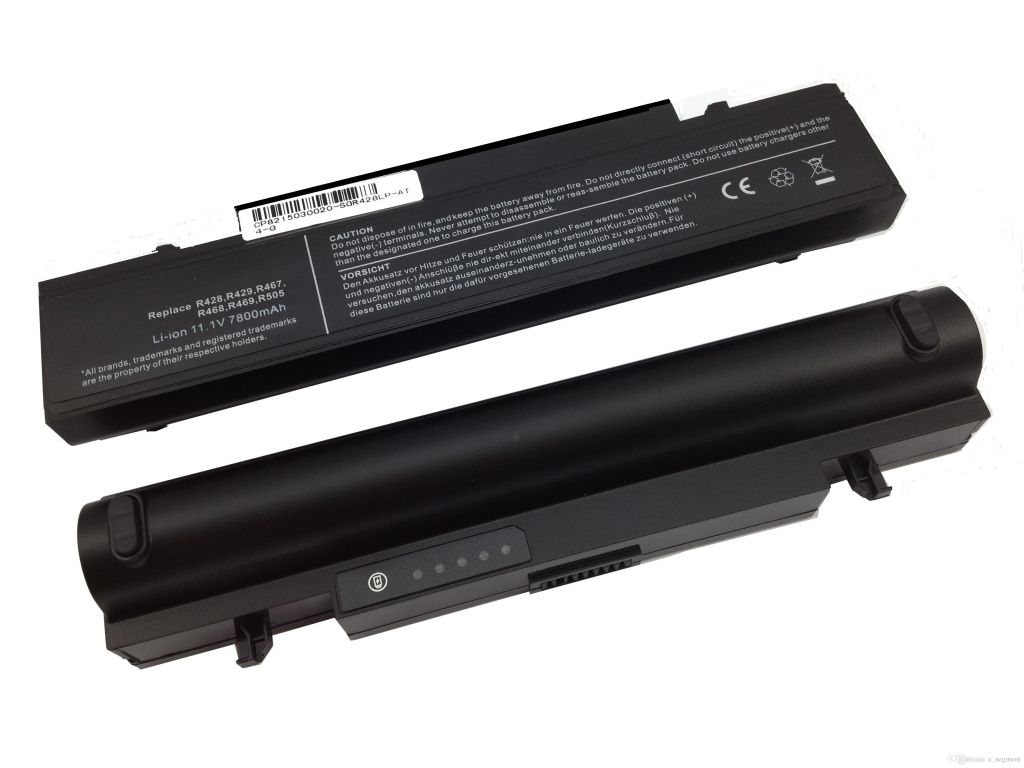A battery is any device that converts chemical energy to electrical energy. In other words, chemical reactions occur which result in electrons being moved in one direction and thus used as electricity to power something.
Specifically, you charge and discharge a battery. During charge, electrons are moved against the potential gradient (against their will) and stored on the side with higher energy state.
As you discharge, imagine opening up a dam – electrons will spontaneously move back to the other side

This movement of electrons (through an external circuit) results in electricity that powers your phone, your car, etc.
During this process, chemical redox reactions are occurring which result in movement of ions (positively charged atoms) and their corresponding electrons (which move through an external circuit). The ions move through the medium between the two materials (anode and cathode) called the electrolyte, which is permeable to ions but not electrons.
High performing batteries are able to 1) store lots of electrons in the material (energy density), 2) store the same number of electrons over many cycles of charge and discharge (cycle life), and 3) store those electrons fast (power density). Energy density + cycle life + power density, in addition to safety, cost, and environmentally safe materials, are the factors that contribute to a “good” battery.



